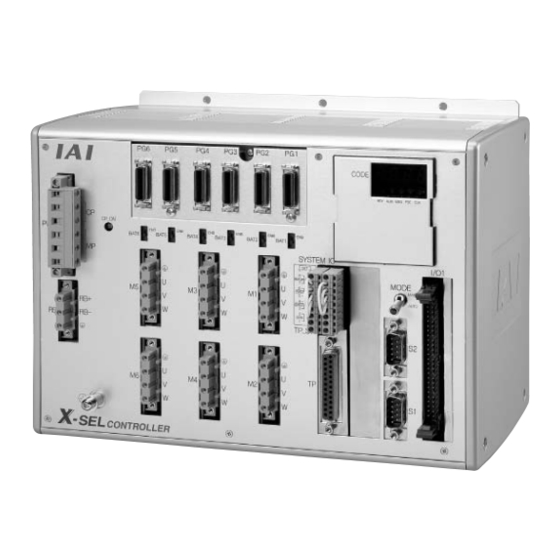
IAI x-sel Operation Manual
Profibus-dp
Hide thumbs
Also See for x-sel:
- Operation manual (566 pages) ,
- Operating manual (135 pages) ,
- Operation manual (535 pages)












Need help?
Do you have a question about the x-sel and is the answer not in the manual?
Questions and answers